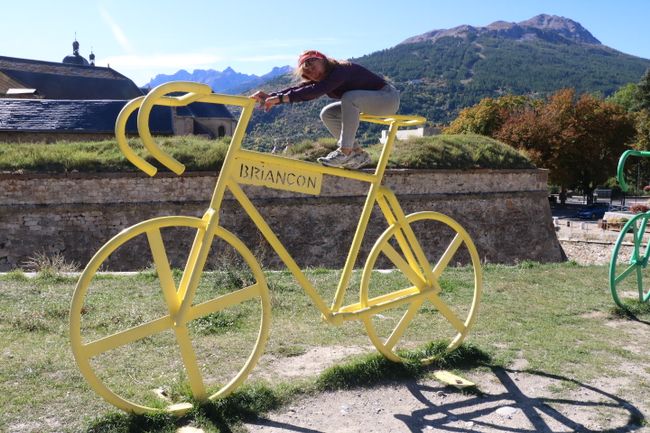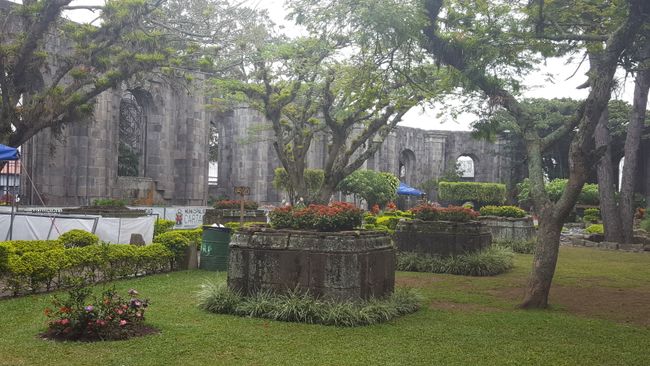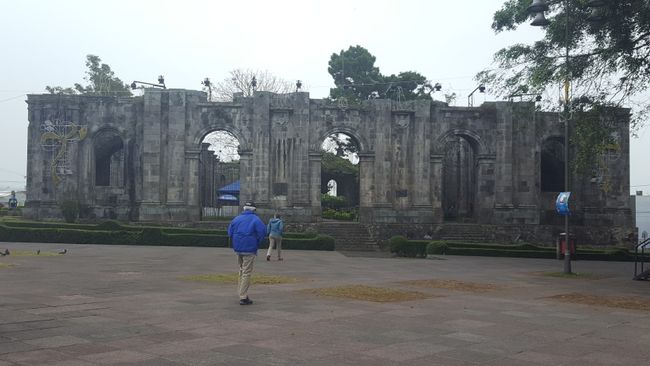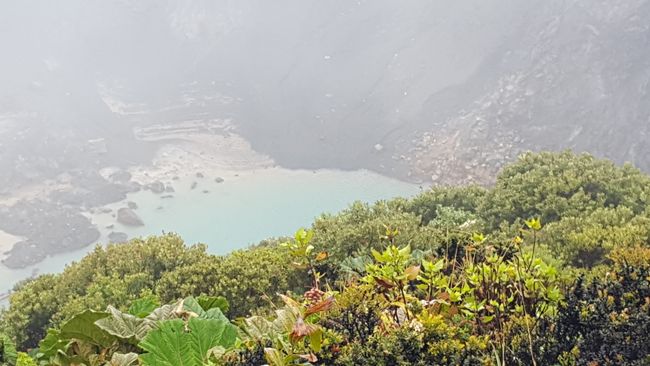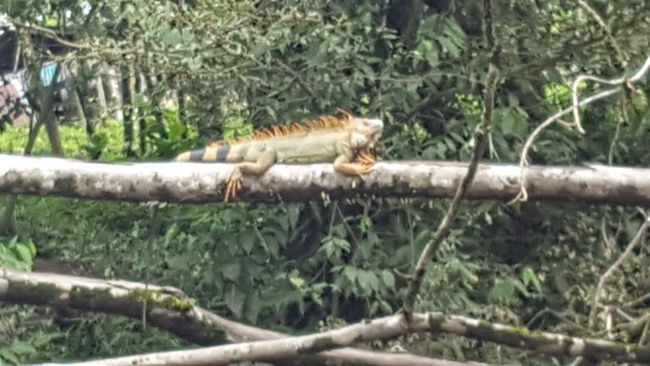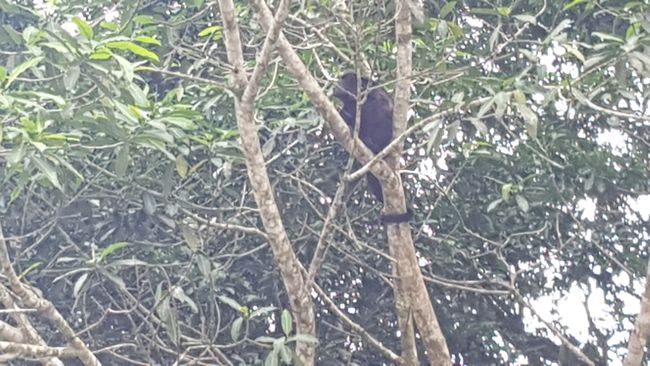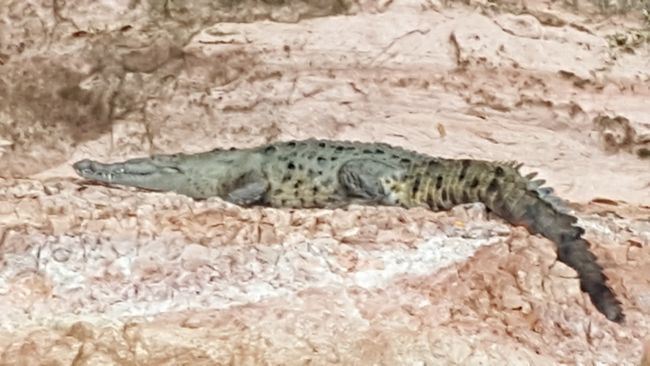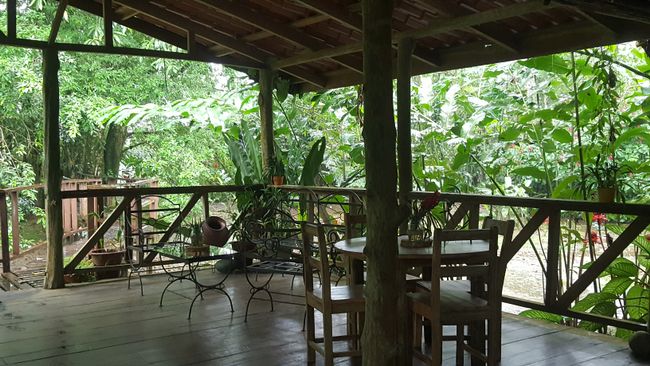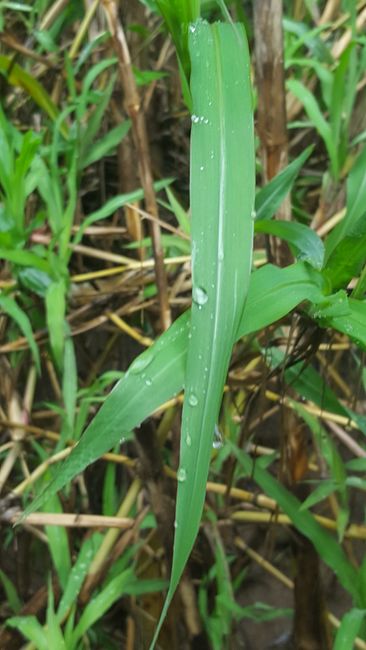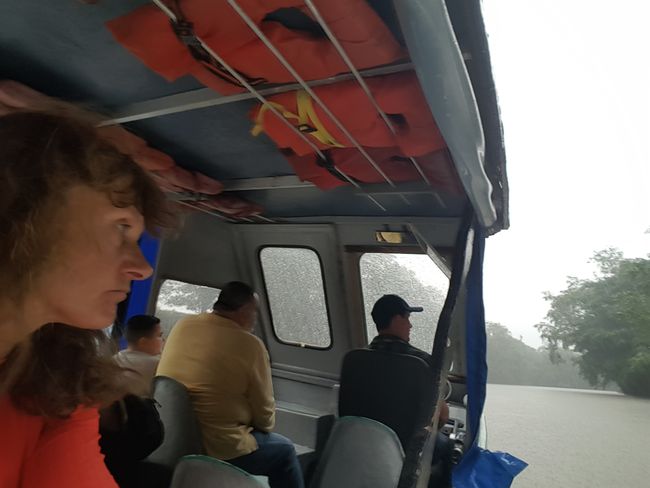22.12.2019 - Cartago Ruins Excursion, Irazú Volcano, Sarapiqui River Boat Trip
ຈັດພີມມາ: 23.12.2019
Today I have booked an excursion from San José. I will be picked up at the hotel at 7 o'clock. On the way to Irazú Volcano, we will make a quick stop in Cartago. The city was founded in 1563 by a Spanish governor and was then destroyed after the eruption of Irazú Volcano in 1723. The earthquakes in 1841 and 1910 caused further severe damage. Cartago was once the capital of Costa Rica, but in 1823 the seat of government was moved to San José. Today, the city has around 160,000 inhabitants.
We will make a brief stop at the ruins of the church. It was destroyed twice, once by the volcano in 1841 and then again in the earthquake of 1910. Today, only the outer walls remain, and there is a small park inside where you can take a leisurely stroll.
Next, we will visit the Irazú Volcano, which is 3,432 meters high and is the largest and highest volcano in Costa Rica. 15 major eruptions have been recorded, with the last one in 1963. The main crater is 1,050 meters wide and 300 meters deep. Our problem is that it is raining heavily and very foggy. Nevertheless, I will go to the crater viewpoint, which is about 200 meters away. And lo and behold, the clouds part briefly and you can see the blue crater lake. We drive back down in pouring rain, which gradually subsides. Today is Sunday, and there are many cyclists on the 35-kilometer route from San José. There is also an international competition that attracts cyclists from all over the Americas.
The soil here is very fertile (volcanic soil) and it is a pure fruit and vegetable garden. We currently see potato plants, onions, and carrots.
Now it's time for a boat trip on the Sarapiqui River. We navigate through the huge Braulio Carrillo National Park to our destination. This national park is completely uninhabited and has no infrastructure except for the national road that crosses it. No trails, no paths, just forest and lots of animals. Allegedly, there are many snakes here. And there are many small waterfalls right by the road. We sail downstream on the Sarapiqui River, which soon merges with the Rio Viejo River. We see various water birds, iguanas, howler monkeys, and crocodiles. After a rain break, the water gates are opened again. Fortunately, the boat has a roof. We stop at a beautiful lodge by the river. Some of the excursionists have booked additional activities, such as ziplining or horseback riding. Despite the downpour, they participate in these booked extras while we settle down in the beautiful ranch. The food is very, very delicious. There is a small buffet and homemade lemonade.
On the way back to our minibus, a crocodile poses for us. All the other crocodiles we spotted on the way there disappeared into the water so quickly that we could not take photos of them.
Until the construction of the railway, the Sarapiqui River was an important means of transportation for bananas, pineapples, and coffee to the United States.
ຄໍາຕອບ

